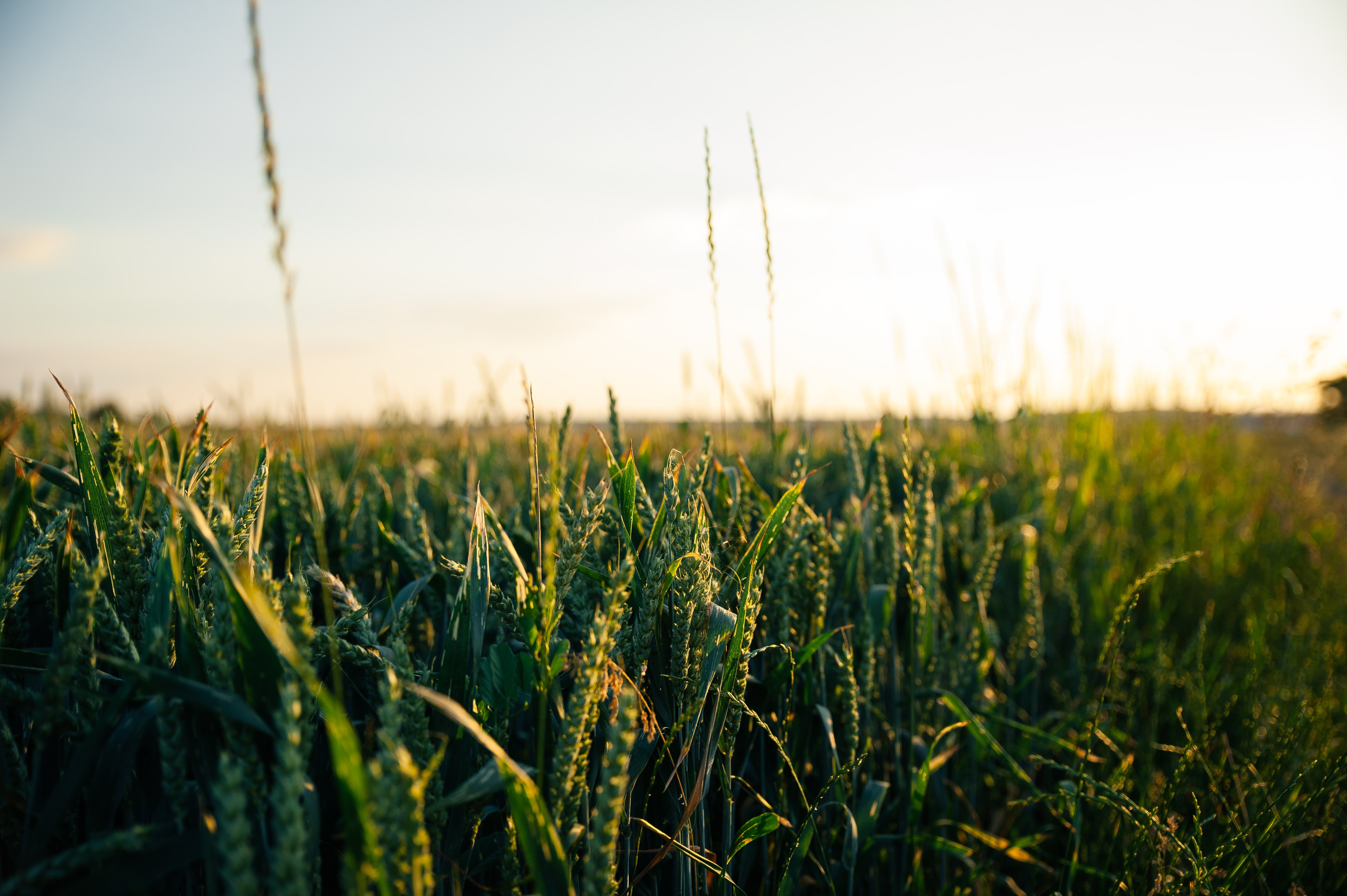Protein-rich diet without meat – a 2000-year-old trend
As a scout for plant-based foods, I am always on the lookout for new and exciting foods that can provide the human body with protein in the same efficient way as meat. In a sense, meat has established itself as the standard source of protein in our culinary culture – it was, however, the absolute exception in the diet of the "good old days", when it was actually reserved for the rich, and even they kept it for weekends only. But it is precisely because of this standard that all substitute meat products launched in recent years are forced to be as close in taste and mouthfeel to meat as possible. Will these products and their manufacturers, who are backed by billions in venture capital, really replace meat? And above all – is it even necessary to buy these expensive and highly processed products?
A short history of tofu
Protein from processed plants has been used as a source of protein for many centuries and little thought was ever given to it being a meat "replacement"; it was quite simply regarded as a necessary element of an all-round balanced diet, which every human should strive for. Tofu, for example, is not a product of the modern food industry, even if it seems like it today. Its production in China was documented for the first time during the Han Dynasty (206 BC to 220 AD). Drawings showing the production of tofu were discovered in a tomb of nobles from this dynasty. Its use as a meat alternative is recorded in a document by Tao Gu (simplified Chinese: 陶谷; traditional Chinese: 陶穀; Pinyin: Táo Gǔ, 903-970). Tao describes how tofu was popularly known as "little mutton" (Chinese: 小宰羊; Pinyin: xiǎo zǎiyáng), showing that the Chinese valued tofu as a meat imitation. Tofu was widely available during the Tang Dynasty (618-907) and probably spread to Japan during the later Tang or early Song dynasty. And in the third century AD, the Greek author Athenaios Naukrátios, in his work Deipnosophistae, describes the preparation of a beet dish intended to taste like anchovies:
He took a female turnip, shred it fine
Into the figure of the delicate fish;
Then did he pour on oil and savoury salt
With careful hand in due proportion.
On that he strewed twelve grains of poppy seed,
Food which the Scythians love; then boiled it all.
And when the turnip touched the royal lips,
Thus spake the king to the admiring guests:
"A cook is quite as useful as a poet,
And quite as wise, and these anchovies show it."
Thanks to the vibrant culinary arts of the colossal Chinese empire and its neighbouring countries, tofu became an important part of Asia's diet, establishing itself less as a meat substitute and more as a product in its own right. Protein-rich foods were also made in China from cooked grains to produce something we know of today as seitan. The first evidence of cooking grains to obtain protein hails from 1500 years ago.

A necessity of industrialisation
In Europe, plant-based protein carriers first became popular in the mid-19th century, when more men worked in factories and large urban settlements emerged where precarious health conditions and malnutrition were widespread. The so-called pea sausage, developed in 1867 by the Berlin canning company Johann Heinrich Grüneberg, is regarded as being one of the first industrially produced foods. In 1889, production was taken over by Knorr; a name that is not unfamiliar to us today. Hard to imagine that peas are still the most important source of protein in contemporary meat substitutes like Planted and Impossible Burgers!
So just how successful are today's meat substitutes? Well, the premature end of the boom is now being widely reported in the international business press. The manufacturing companies went public too quickly, were overvalued and were unable to meet their sales promises. We also know from Switzerland that vegan meat alternatives are popular, especially with city consumers. In the countryside, however, Garden Gourmet and other highly processed substitute products are more likely to remain stagnating on the refrigerator shelves. There is also criticism from the scientific community about the impact of pea and soy production on the environment and its carbon footprint because, of course, it would be cheaper to just eat peas. Also noteworthy: 90% of worldwide soy production still goes into fattening animals and is thus ultimately "processed" into meat calories, which is why every substitute product is still better than meat itself in terms of its eco-balance.
It is still far too early to make a judgment about the latest generation of industrial meat substitutes because we are still at the beginning of a development and not at the end of one. Sooner or later, climate change will force us all through rocketing development costs to eat less meat. In the meantime, it's safe to get excited about the new ingredients and techniques used to improve the taste, texture and nutritional value of new protein carriers.
THIS ARTICLE MIGHT ALSO INTEREST YOU:

